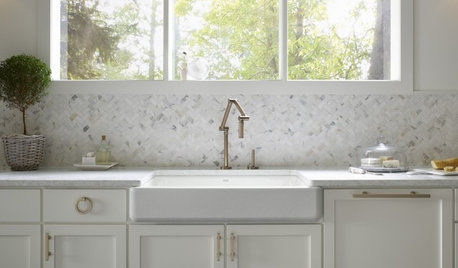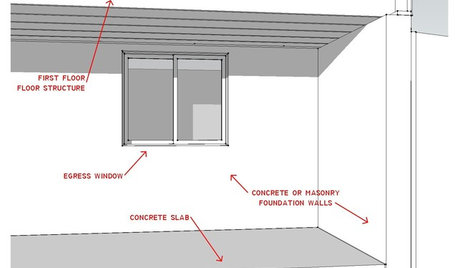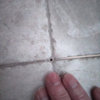How to fix my basement leaking?
Brandon Christ
6 years ago
Featured Answer
Sort by:Oldest
Comments (6)
Related Professionals
Wolf Trap Handyman · Calverton Kitchen & Bathroom Remodelers · Port Angeles Kitchen & Bathroom Remodelers · Hagerstown General Contractors · Pico Rivera General Contractors · University Heights General Contractors · Aurora Painters · Grand Rapids Painters · Gloucester City General Contractors · Millville General Contractors · Mira Loma General Contractors · Fernway Interior Designers & Decorators · Auburn Flooring Contractors · Redmond Flooring Contractors · Scottsboro Flooring ContractorsBrandon Christ
6 years agoIzzy Mn
6 years ago
Related Stories

GREAT HOME PROJECTSHow to Identify and Fix Plumbing Issues
Whether minor drips or major leaks, when water starts flowing, it’s time to call in a pro
Full Story
KIDS’ SPACESHow to Turn Your Basement into a Kids' Playroom
Keep costs down by sticking with secondhand furniture and quick, yet functional, fixes
Full Story
REMODELING GUIDESKnow Your House: The Steps in Finishing a Basement
Learn what it takes to finish a basement before you consider converting it into a playroom, office, guest room or gym
Full Story
BASEMENTSBasement of the Week: Apartment-Style Living (and Partying)
With games, a gym and high-end wine storage, this basement is a one-stop space for fun
Full Story
MORE ROOMSBeat the Heat: Escape to the Basement
When It's Too Hot or Rainy, Bring the Party Downstairs
Full Story
BASEMENTSBasement Becomes a Family-Friendly Lower Level
A renovation creates room for movie nights, overnight guests, crafts, Ping-Pong and more
Full Story
REMODELING GUIDESA Basement Remodel Sets the Stage for Flexible Play
Embracing change, this light-filled basement readily shifts between kids' play activities and grown-up entertaining
Full Story
SELLING YOUR HOUSEFix It or Not? What to Know When Prepping Your Home for Sale
Find out whether a repair is worth making before you put your house on the market
Full Story
LIFEHouzz Call: Show Us Your Nutty Home Fixes
If you've masterminded a solution — silly or ingenious — to a home issue, we want to know
Full Story
HOUSEKEEPINGWhat's That Sound? 9 Home Noises and How to Fix Them
Bumps and thumps might be driving you crazy, but they also might mean big trouble. We give you the lowdown and which pro to call for help
Full Story









GN Builders L.L.C